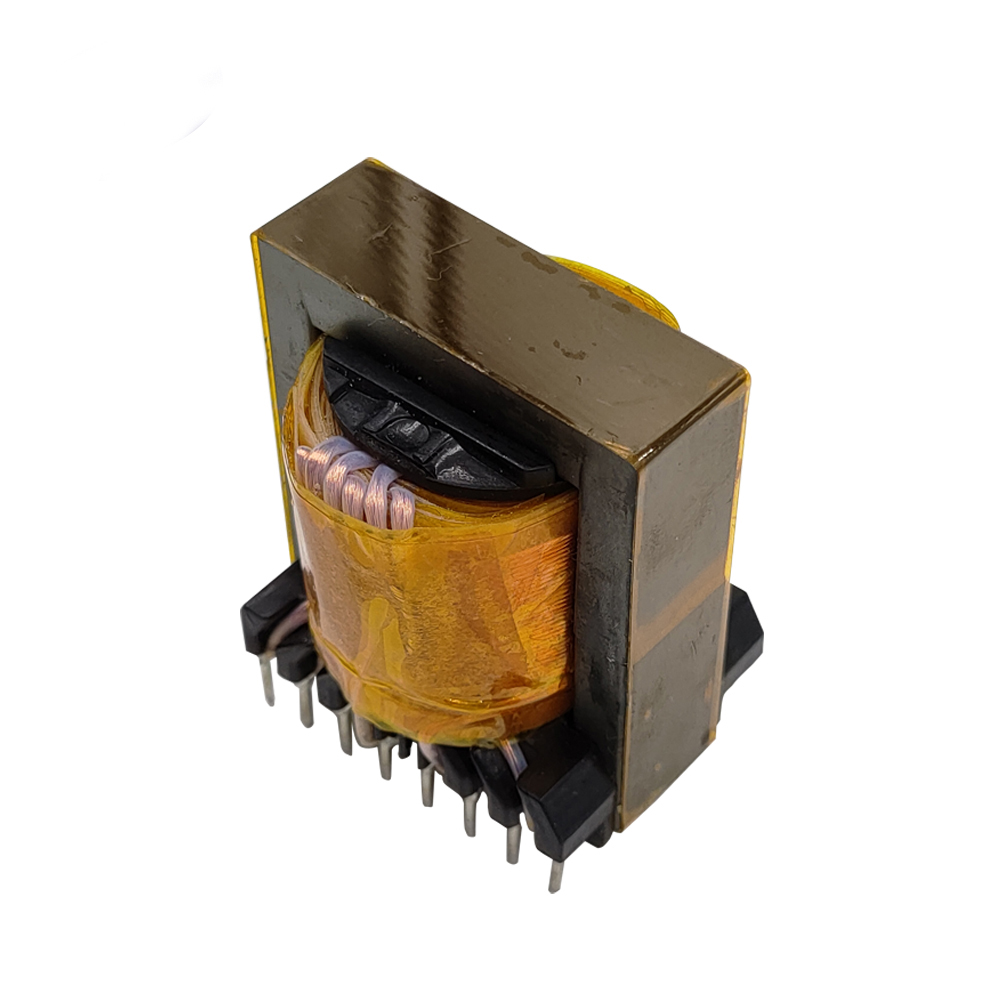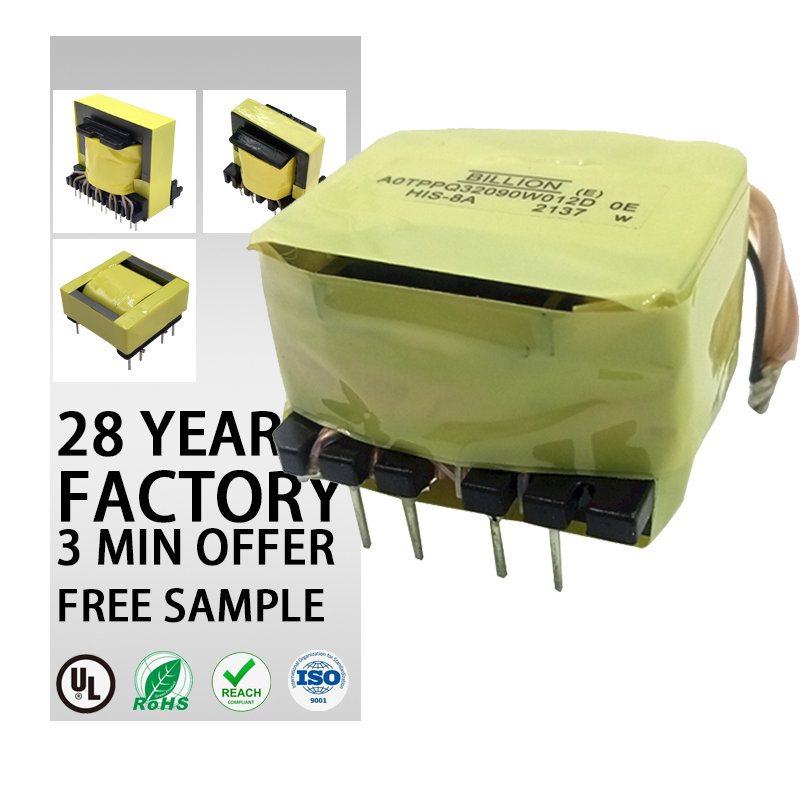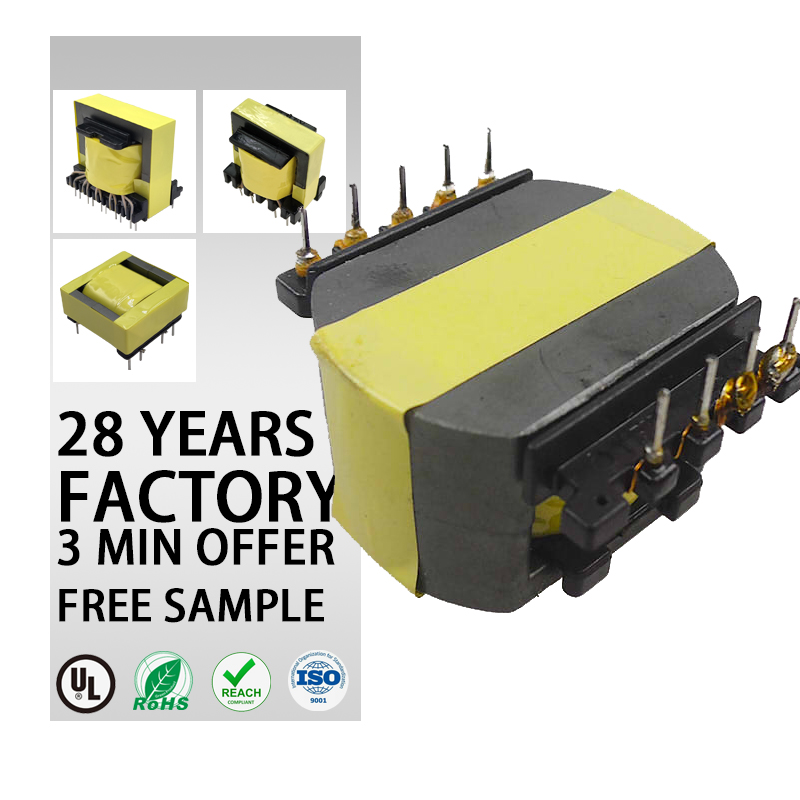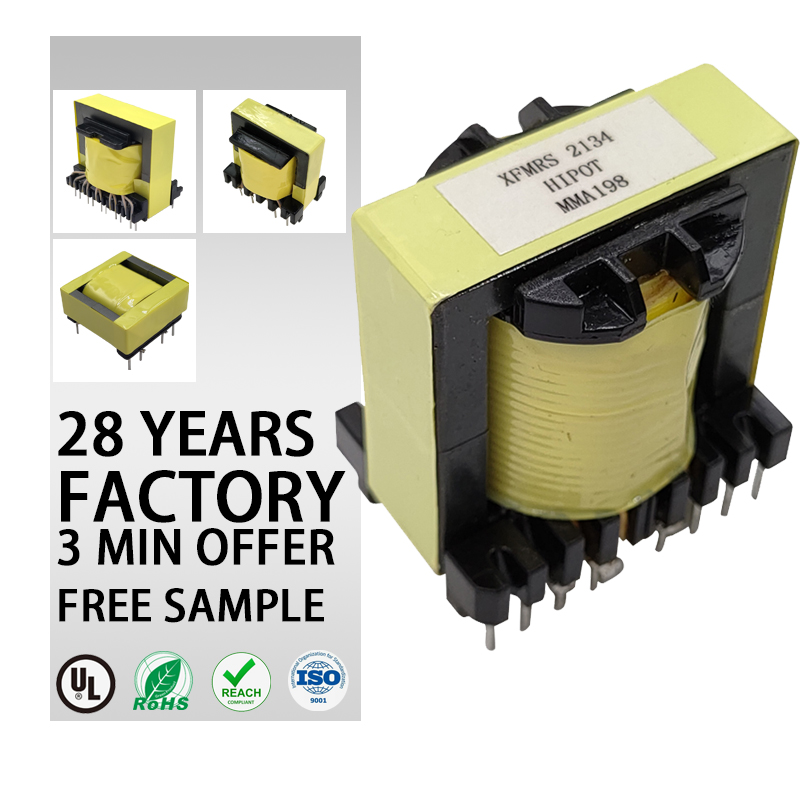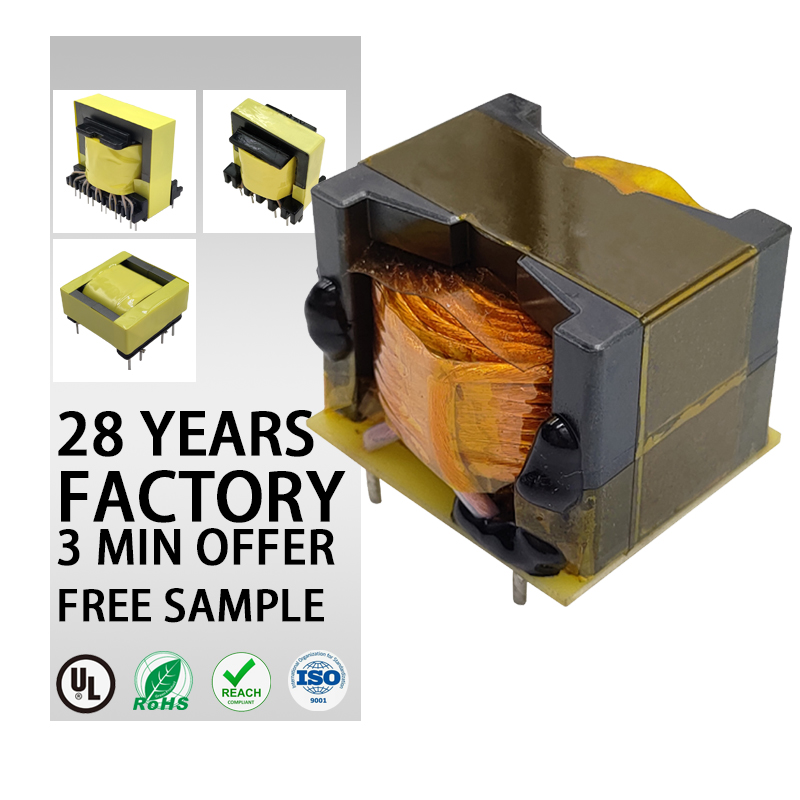Blog Categories
Featured Blog
What is the difference between a step down and a step up transformer?
2024-06-29
The primary difference between a step-down and a step-up transformer lies in how they modify the voltage levels. Here’s a detailed comparison:
Step-Down Transformer
- Function: Decreases voltage from a higher level to a lower level.
- Turns Ratio: The primary coil has more turns than the secondary coil.
- Voltage Transformation: The voltage in the secondary coil is lower than the voltage in the primary coil.
- Current Transformation: The current in the secondary coil is higher than the current in the primary coil.
Step-Up Transformer
- Function: Increases voltage from a lower level to a higher level.
- Turns Ratio: The secondary coil has more turns than the primary coil.
- Voltage Transformation: The voltage in the secondary coil is higher than the voltage in the primary coil.
- Current Transformation: The current in the secondary coil is lower than the current in the primary coil.
Detailed Comparison
| Feature | Step-Down Transformer | Step-Up Transformer |
|---|---|---|
| Function | Lowers voltage | Increases voltage |
| Primary to Secondary | More turns on primary, fewer turns on secondary | Fewer turns on primary, more turns on secondary |
| Voltage Conversion | High to Low | Low to High |
| Current Conversion | Low to High | High to Low |
| Typical Applications | - Power distribution (e.g., substations to homes) | - Power generation stations to transmission lines |
| - Electronic devices needing lower operating voltage | - Industrial equipment requiring higher voltage | |
| - Chargers, adapters | - X-ray machines | |
| Usage Examples | - Converting 220V to 110V for household appliances | - Converting 110V to 220V for European devices in the US |
Applications
-
Step-Down Transformers:
- Power Distribution: Lowering high transmission voltages to safe, usable levels in residential and commercial areas.
- Electronic Devices: Providing appropriate low voltages for various consumer electronics, such as adapters and chargers.
- Industrial Equipment: Supplying specific lower voltages required by certain machinery.
-
Step-Up Transformers:
- Power Generation: Increasing the voltage from power plants for efficient long-distance transmission.
- High-Voltage Equipment: Supplying higher voltages for specialized industrial equipment and medical devices like X-ray machines.
- Travel Adapters: Enabling the use of devices designed for higher voltage regions in lower voltage regions.
Summary
- Step-Down Transformer: Reduces voltage while increasing current, typically used in applications where high transmission voltage needs to be converted to a lower, more practical level.
- Step-Up Transformer: Increases voltage while decreasing current, commonly used to raise voltage levels for efficient long-distance power transmission or to operate devices requiring higher voltages.
Both types of transformers operate on the same fundamental principles of electromagnetic induction but are applied differently based on their intended purpose and the specific requirements of the electrical system they are part of.
E-MAIL: pxsales3@goldeneagle-cn.com
Phone: +86-18979985376
NAME: JUDY

